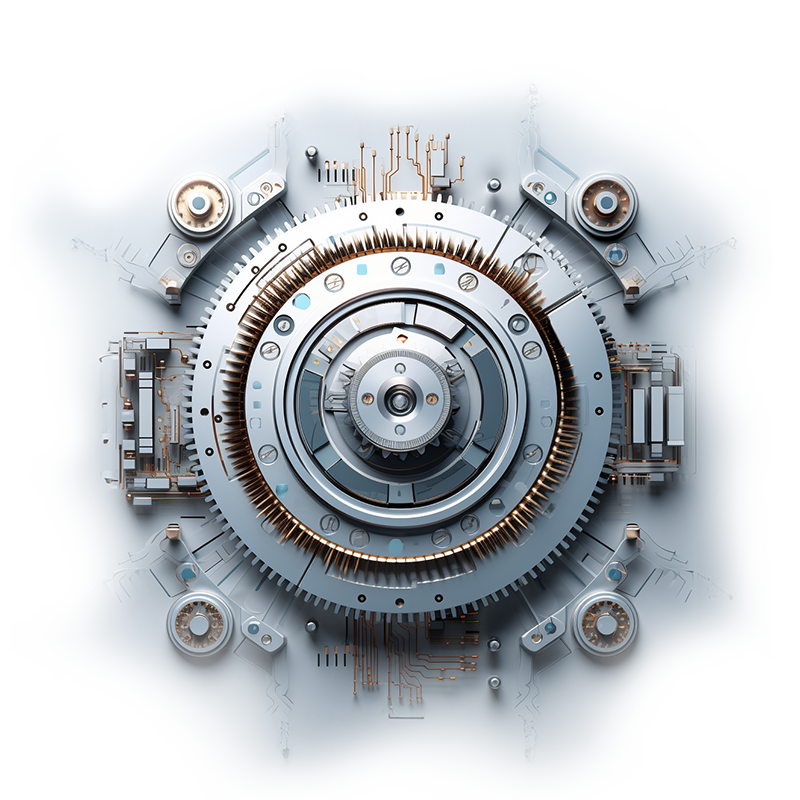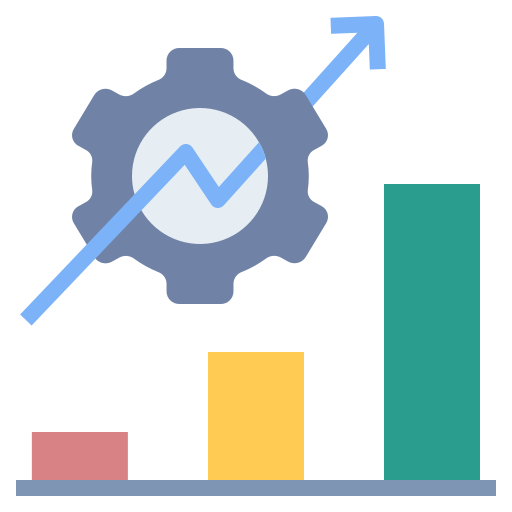RPA
Robotic Process Automation
Robotic Process Automation (RPA) is a technology that uses software to automate repetitive operational and administrative tasks.
These software ‘robots’ simulate human interaction with computer systems, performing tasks such as data processing, information input, document management, and more.
The main objective of RPA is to improve efficiency, reduce human errors, and free up valuable time for employees, allowing them to focus on value-added tasks.

What does RPA mean
Robotic Process Automation is a technology that allows anyone to configure a computer to emulate the behavior of a user who interacts with various business processes
What an RPA can do
Log in to an application
Perform copy paste operations
Copy and move files and folders
Extract and process contents from Word Docs, PDF, email, form
Read and write databases
Open e-mail attachments
Extract information from websites (web scraping)
Perform calculations
Main features
Automate processes in Public Administration
RPA can intervene to automate the settlement of utility invoices (water, electricity, gas, telephone, etc.) or typical functions of the technical office, accounting office and more.
The main purpose is to reduce manual activities, reducing the possibility of error and allowing a significant saving of time.
Objective of the PA Solution

Process example
The process is divided into 2 macro-phases:
Acceptance
Invoice recovery, formal checks and sending to accounting for external checks
Procedure
Insertion of the settlement request
Notices
The software has two main functions:
Notify anomalies in incoming invoices, such as insufficient funds or lack of a determination with the corresponding CIG code.
Automate the compilation of the settlement data and once the request has been constructed, notify the operator of the completion of the entry.
Check
The software presents masks for entering data relating to suppliers and contracts with them. This data is necessary to carry out checks that are not currently digitalised, for example the control of the determination with a supplier or the connection between the supplier and the expense item. Normally this data is entered at the beginning of the year and integrated only in the event of a change of registry or increase in the agreed capital. The data is saved within a Database



